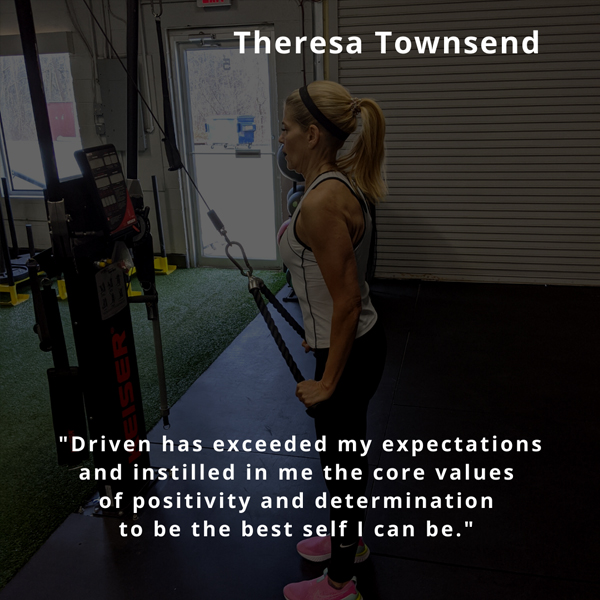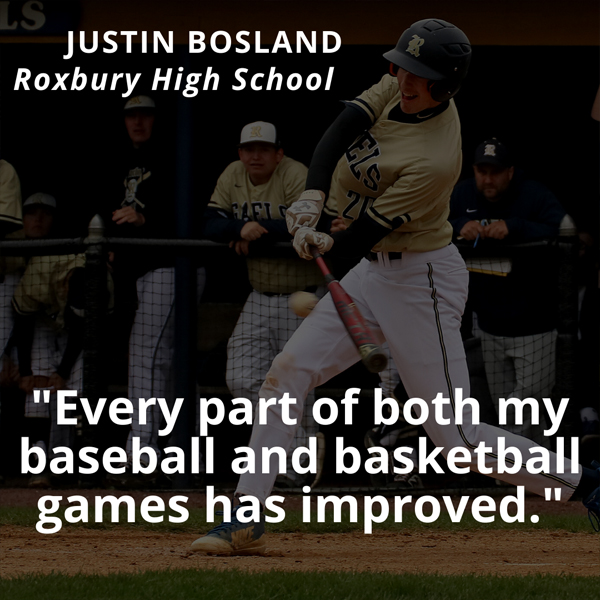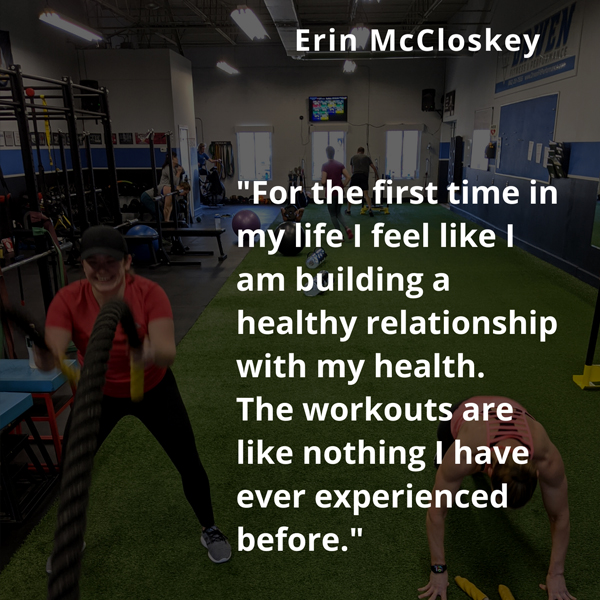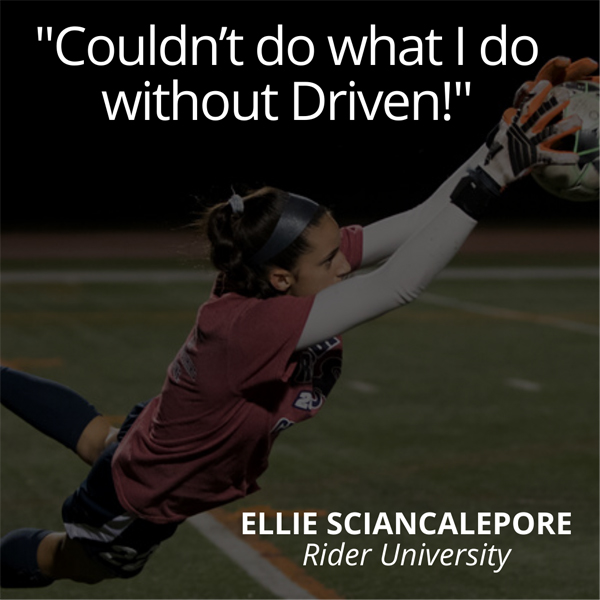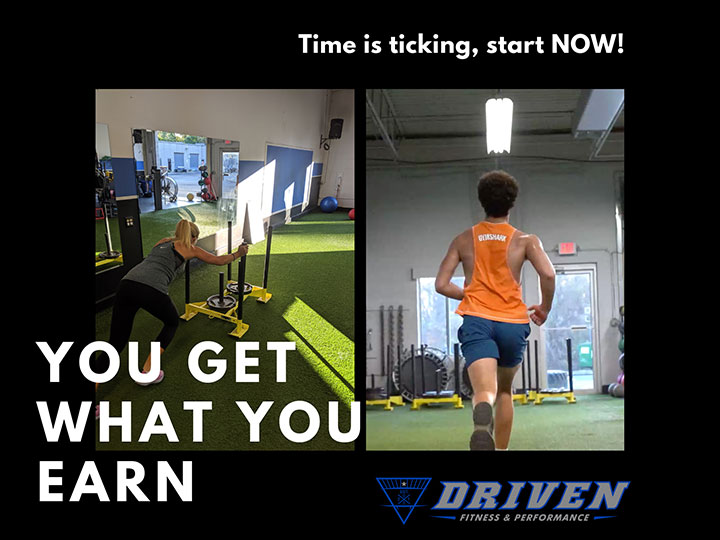![]() “All of the coaches at Driven are excellent. The sessions are fun, challenging, and always fresh – never boring. The gym is clean and safe. I highly recommend Driven for fitness and strength.”
“All of the coaches at Driven are excellent. The sessions are fun, challenging, and always fresh – never boring. The gym is clean and safe. I highly recommend Driven for fitness and strength.”
Call Us: 862-251-7555


Fitness, Health, and Performance for the modern family and athlete. Driven Fitness and Performance has been serving the Roxbury/Randolph and surrounding communities since 2015 via the highest quality training. We built Driven for the working adult and passionate athlete and we provide a complete experience so that you perform at your best in fitness, sports, and life.
WHAT PEOPLE ARE SAYING
 “I’m a physical therapist who scrutinizes everything and wants all training to be backed up with research. I promise you that you will not find a more research based, motivated, and knowledgeable man around in the fitness and sports performance industry. You want to get better, go train with Gary at Driven.”
“I’m a physical therapist who scrutinizes everything and wants all training to be backed up with research. I promise you that you will not find a more research based, motivated, and knowledgeable man around in the fitness and sports performance industry. You want to get better, go train with Gary at Driven.”Eric May
 “I have been training at Driven since October 2016. Gary and Joe are knowledgeable, motivating, caring and have great personalities.
“I have been training at Driven since October 2016. Gary and Joe are knowledgeable, motivating, caring and have great personalities.
When my initial motivation wore as it tends to do when I begin a new workout program, I was able to keep consistent with my workouts thanks. I was able to do this through the varied workout on a daily basis and the program rotation that occurs approximately every other month. I look forward to my next workout today!”Patrick Ryan DC
 “Driven is the best place ever!! Gary and Joe make it easy and fun to get in shape. They push you to new limits, but are there for you every step of the way! It’s like a family when you walk in! I wouldn’t go any where else! Highly recommend :)”
“Driven is the best place ever!! Gary and Joe make it easy and fun to get in shape. They push you to new limits, but are there for you every step of the way! It’s like a family when you walk in! I wouldn’t go any where else! Highly recommend :)”Jamie Fekete
COME TRAIN WITH US!












